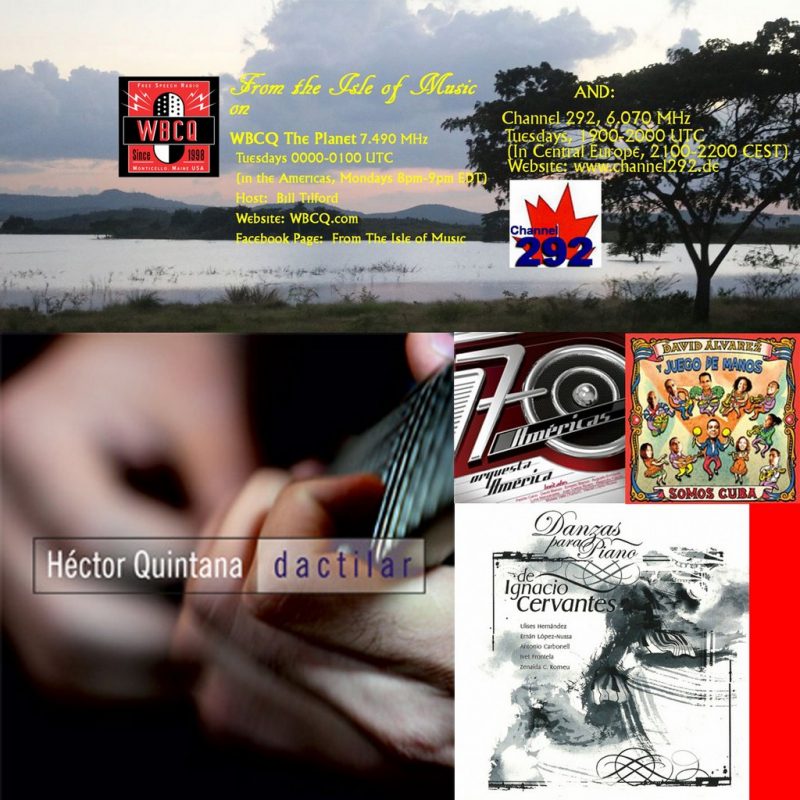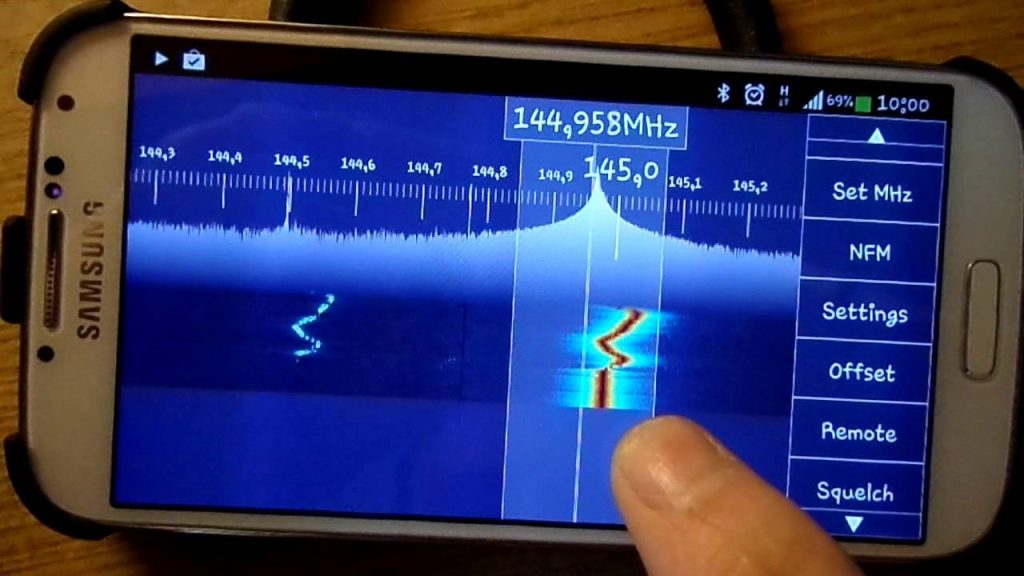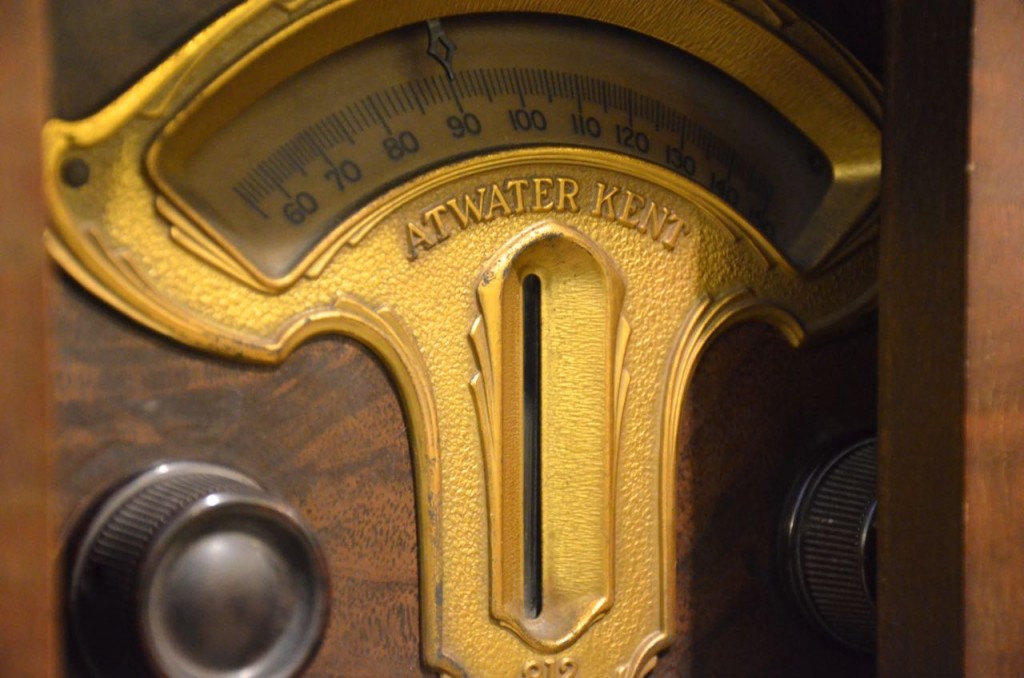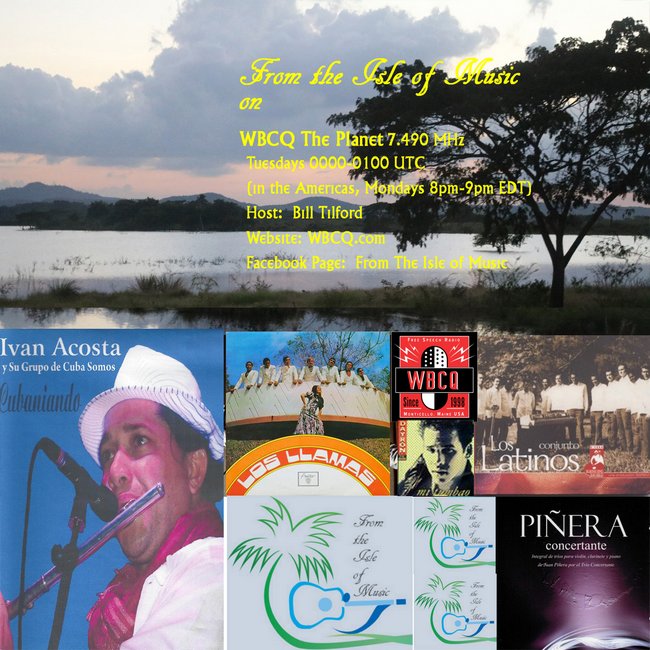Many thanks to SWLing Post reader, Bill Tilford, who shares this From The Isle of Music update:
Our May 10 (May 9 in the Americas) program will feature two special guests with interviews and music:
1. Cuban Laud (a relative of the lute) master Barbarito Torres, whose prolific career includes the Buena Vista Social Club, but we will be playing some of his wonderful work with songstress Miriam Ramos.
2. Albertico Lescay, leader of the Cuban Jazz/Fusion group Formas. NuJazz is a new branch of Jazz in Cuba that we’ll let him explain to you.
We’ll also feature some more of Danzas Para Piano de Ignacio Cervantes.(the musical gift that keeps on giving)
Our May 17 (May 16 in the Americas) program will feature a brief interview with Angel Toirac, pianist of Influencia, and a lot of music by this distinctive Jazz ensemble, We wiill also have some vintage 1970s Cuban Funk from Grupo Monumental, some recent Cuban R & B by Eme, and we’ll finish the wonderful concert piano album Danzas Para Piano de Ignacio Cervantes.
Our May 24 (May 23 in the Americas) features a brief interview with phenomenal Jazz saxophonist Michel Herrera and his music. Also some popular dance music from the 70s by Grupo Monumental, the Timba of Manolito Simonet y su Trabuco, and we are going to begin listening to Popularmente Sinfónica Vol II by Orquesta Sinfónica de Matanzas.
Two listening options on shortwave:
- WBCQ, 7490 KHz, Tuesdays 0000 UTC (8pm EDT Mondays)
- Channel 292, 6070 KHz, Tuesdays 1900 UTC (2100 CEST)
See our Facebook page, From The Isle of Music, for more information.
Thanks as always for all you do for radio.







